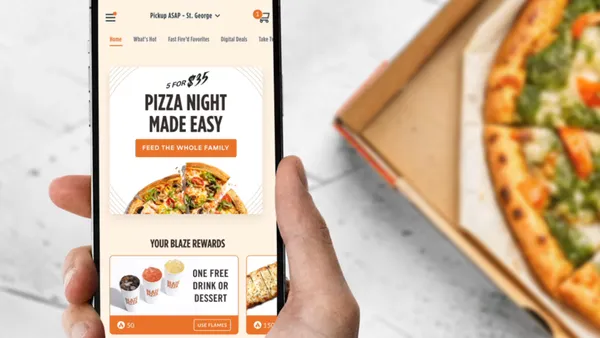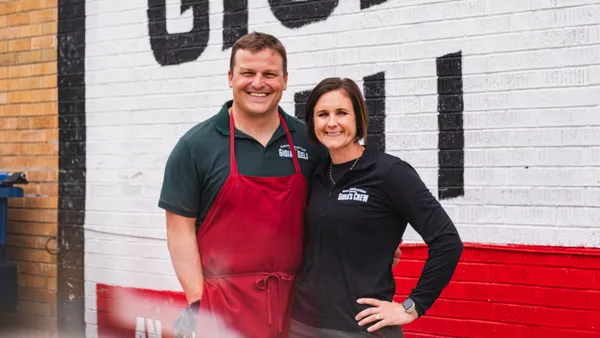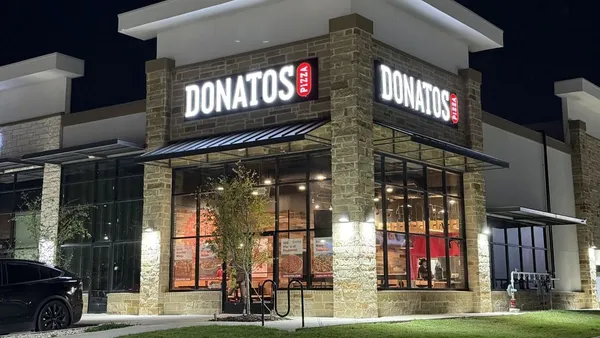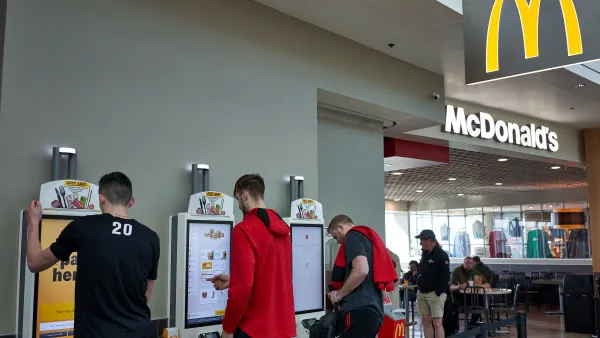As 2024 comes to a close in just a couple of months, the restaurant industry continues to grapple with rising costs and tighter profit margins. For restaurant owners, understanding the nuances of food costing is not just an operational necessity; it’s a crucial factor in ensuring profitability and sustainability.
Michelle O’Connor, owner of Moxie Consulting, a seasoned prepared foods consultant with 20 years of expertise, emphasizes the transformative power of effective food costing. “There is a huge gap in understanding how food costing can work for a client,” she notes. This gap can lead to significant financial strain, especially as food prices continue to fluctuate. According to O’Connor, "After implementing a food costing program like reciProfity and using it consistently, many restaurants wonder how they ever managed without it." This statement underscores the importance of having a robust food costing system in place.
The Rising Costs of Goods
A major trend shaping the restaurant landscape this year is the continued skyrocketing cost of food. O’Connor points out, “I found that the majority – and by that, I mean a high majority – of all products tripled in cost since 2021.” This significant increase in food prices means that restaurant owners can no longer afford the luxury of guessing or approximating their food costs. “We have to ensure we have accurate costs to make daily decisions about what to produce in order to hit the margins we need,” she adds.
In a world where every dollar counts, restaurant owners must leverage technology to remain profitable and operationally efficient. Implementing a food costing program like reciProfity allows owners to gain critical insights into their inventory and production costs. Accurate inventory counts and cost tracking are essential tools for making informed purchasing decisions and optimizing menu pricing.
Profit Margins: The Bottom Line
Profit margins in the restaurant industry are notoriously tight, with many establishments operating on thin margins of 3-5%. For restaurant owners, understanding the precise cost of each ingredient and the overall cost of a dish can mean the difference between profitability and loss. As O’Connor highlights, “With costs continuously fluctuating, the ability to swiftly analyze any recipe and determine current margin dollars enables restaurant owners to adapt quickly and offer the best menu in line with today’s pricing.”
Food costing not only assists in pricing strategies but also helps identify areas of waste. O’Connor states, “The waste log links waste to its actual cost of goods, providing my clients with data that demonstrates how waste aligns with their pricing strategy.” This data-driven approach helps restaurants minimize waste, thereby improving overall profitability.
The Role of Technology in Food Costing
In today's digital age, relying solely on manual processes can lead to inaccuracies and inefficiencies. O’Connor highlights reciProfity’s user-friendly interface and exceptional customer support, stating that it empowers clients to take control of their food costing processes. “Regular weekly inputs into the program enable restaurant owners to gain a clear understanding of their costs,” she explains. If a customer needs support, reciProfity has dedicated support staff that are ready to troubleshoot alongside you.
Preparing for The Future
As we prepare for 2025, the importance of food costing in the restaurant industry will only increase. With rising costs and shrinking profit margins, restaurant owners must adopt comprehensive food costing strategies to ensure their businesses not only survive but thrive. As O’Connor aptly puts it, understanding and implementing effective food costing is essential for making informed choices in an ever-evolving industry landscape.
If you are a restaurant owner looking to take control of your food costs, consider exploring reciProfity. With tools designed to streamline your operations and maximize profitability, you can stay ahead in the competitive restaurant market. Request a demo today at reciProfity.com or email [email protected] to sign up for a 30-day free trial.










